How to Remove Charcoal Masks Properly
How to Remove Charcoal Masks Properly: A Comprehensive Guide
Charcoal masks have gained immense popularity in skincare routines worldwide, thanks to their ability to detoxify the skin, unclog pores, and remove impurities. However, as beneficial as charcoal masks can be, removing them improperly can lead to skin irritation or damage. This comprehensive guide will provide you with step-by-step instructions on how to remove charcoal masks properly, ensuring your skin reaps all the benefits without any of the drawbacks. Additionally, we'll address some frequently asked questions (FAQs) to help you incorporate charcoal masks into your skincare regimen confidently.
Why Proper Removal is Essential

Before diving into the removal process, it's crucial to understand why proper removal is so important. Charcoal masks adhere to the top layer of skin and, when removed, can pull away dead skin cells, excess oil, and impurities. If not done correctly, this process can irritate or harm your skin, leading to redness, sensitivity, or even minor tears. Therefore, following the correct removal technique is as important as the mask application itself.
Step-by-Step Guide to Removing Charcoal Masks

Preparation is Key
- Wash your hands thoroughly. Before touching your face or starting the removal process, ensure your hands are clean to avoid transferring bacteria to your skin.
- Gently loosen the mask. Use your fingertips to softly massage the outer edges of the mask. This helps to break the seal between the mask and your skin, making the removal process smoother.
The Removal Process
- Moisten the mask. Dampen a washcloth with lukewarm water and gently press it against your face. The warmth and moisture help to soften the mask, making it easier to remove. Avoid using hot water, as it can cause skin irritation.
- Wipe away the mask gently. Using the moist washcloth, gently wipe the mask off your face in a downward motion. Be patient and gentle; avoid rubbing your skin harshly.
- Rinse with lukewarm water. After most of the mask is wiped off, rinse your face with lukewarm water to remove any remaining residues. You might want to use your hands to ensure a thorough rinse.
- Pat dry. Gently pat your face dry with a soft, clean towel. Avoid rubbing your face, as this can irritate your skin.
Post-Removal Care

- Apply a moisturizer. After removing the charcoal mask and drying your face, apply a gentle moisturizer to hydrate your skin. This helps restore any moisture lost during the masking process and keeps your skin soft and supple.
- Consider using a toner. If your skincare routine includes a toner, apply it after removing the mask and before moisturizing. This can help restore your skin's pH balance and remove any lingering impurities.
FAQs
Q: How often should I use a charcoal mask?
A: The frequency depends on your skin type and the specific product you're using. Generally, once a week is sufficient for most skin types. However, if you have sensitive skin, you might want to start with once every two weeks to see how your skin reacts.
Q: Can I use a charcoal mask if I have dry or sensitive skin?
A: Yes, but choose a mask formulated for sensitive or dry skin to avoid irritation. Always perform a patch test before applying the mask to your entire face.
Q: What should I do if my skin feels irritated after removing the mask?
A: If you experience irritation, apply a soothing, fragrance-free moisturizer or aloe vera gel. If irritation persists, consult a dermatologist.
Q: Can I wash my face before applying a charcoal mask?
A: Yes, it's recommended to start with a clean face. Washing your face before applying the mask ensures that it can adhere properly and work effectively.
By following these detailed steps and tips, you can safely and effectively remove your charcoal mask, leaving your skin clean, refreshed, and glowing. Remember, the key to a successful skincare regimen is consistency and using products that are suitable for your skin type.


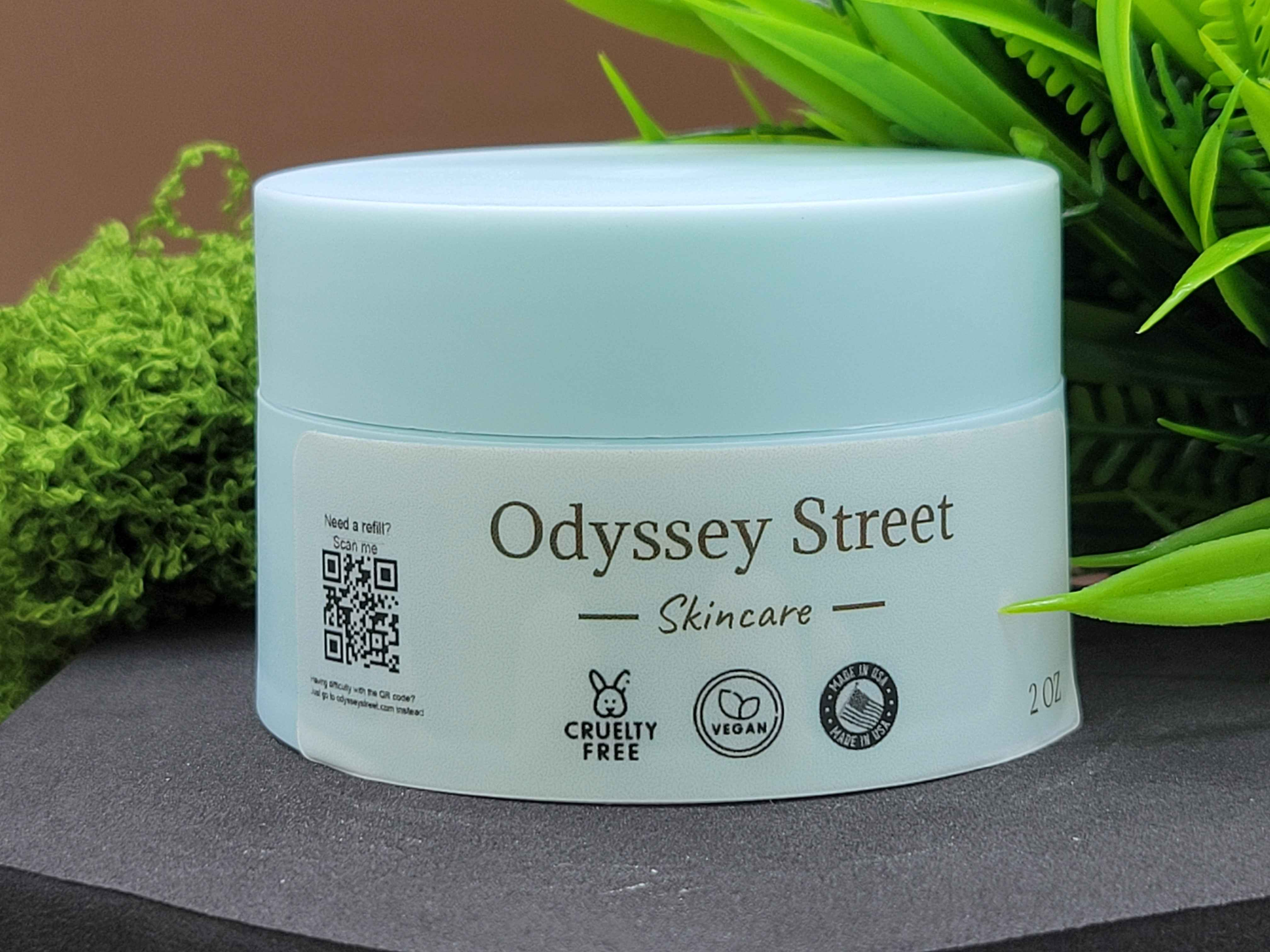
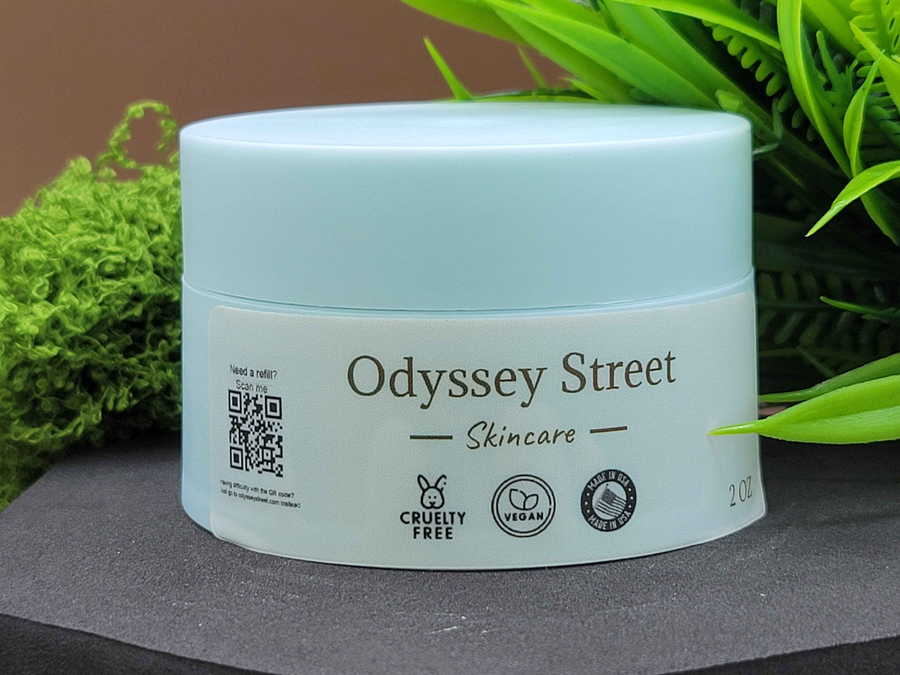
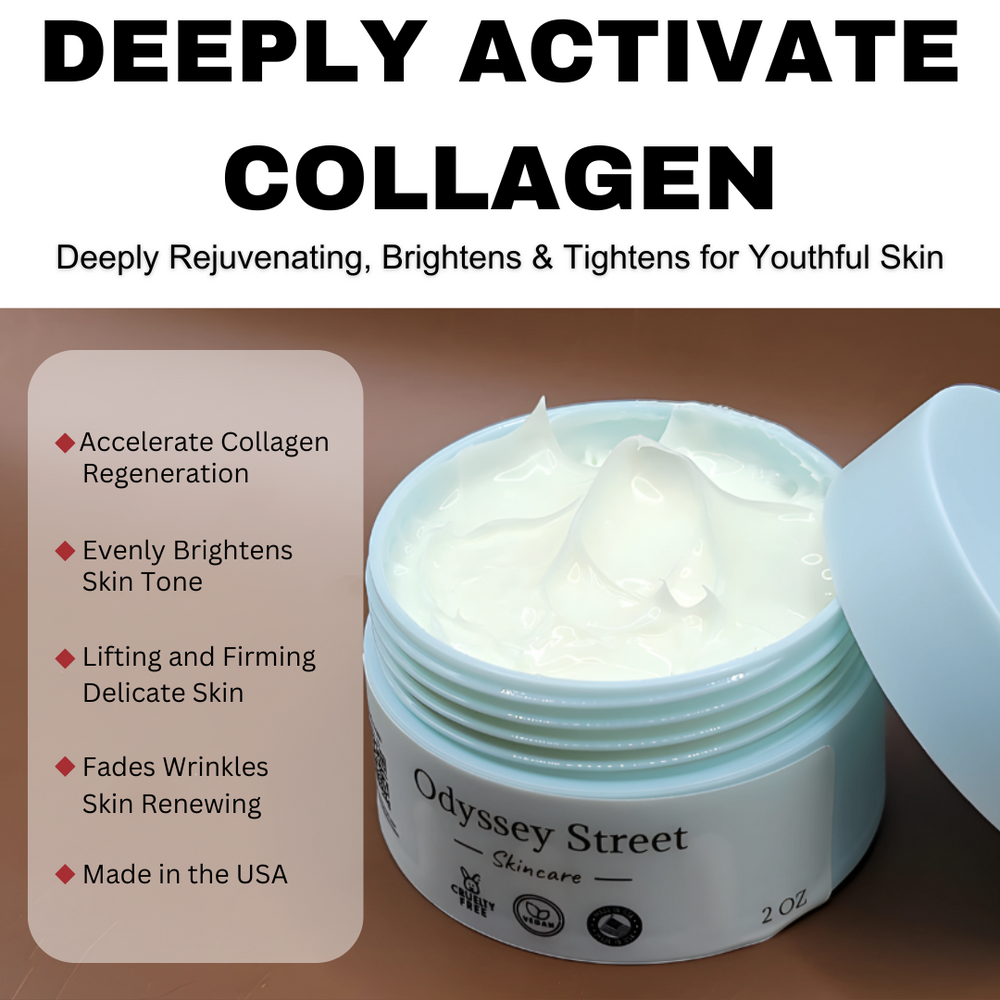


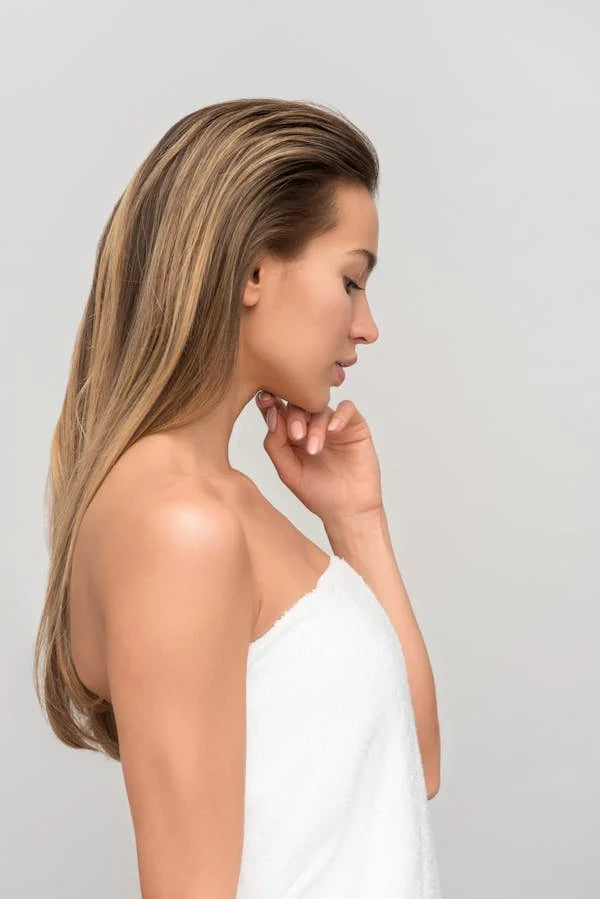

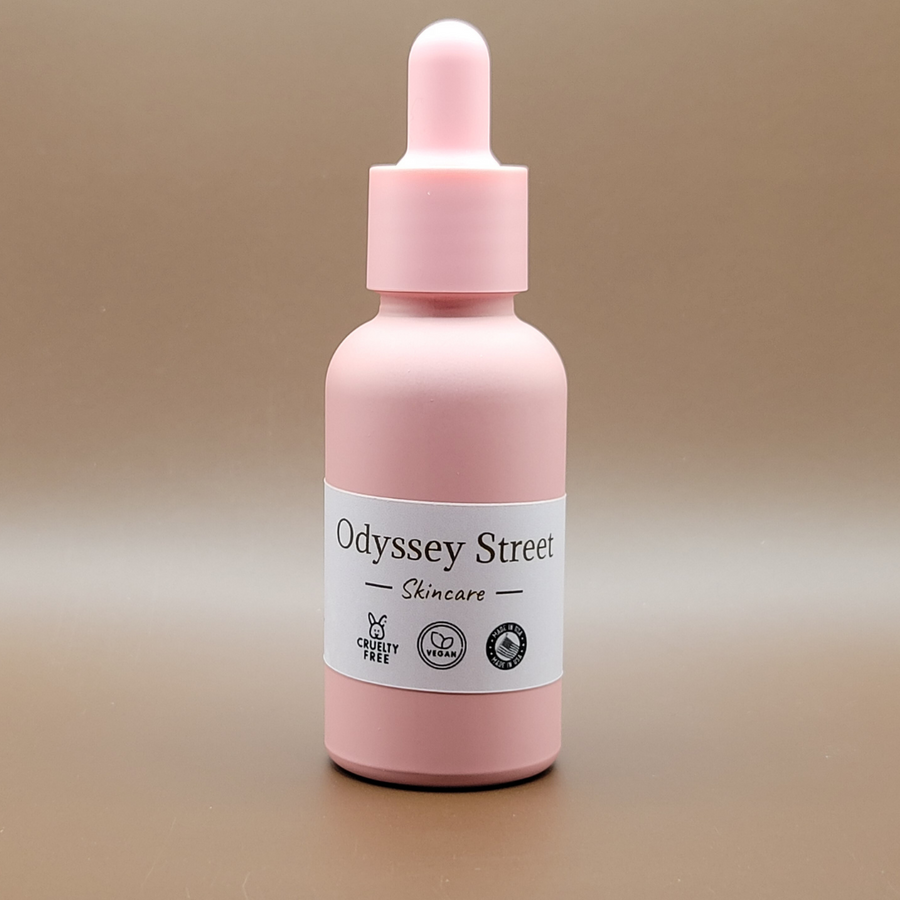
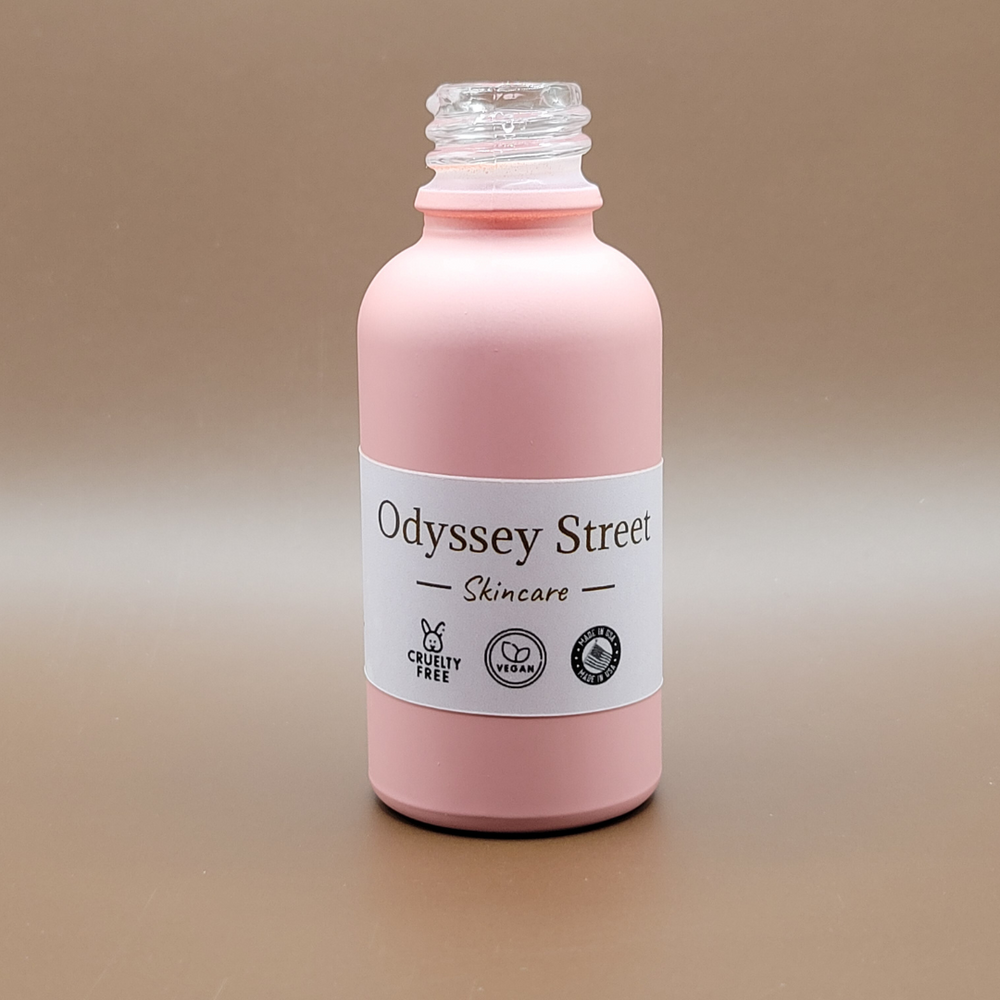
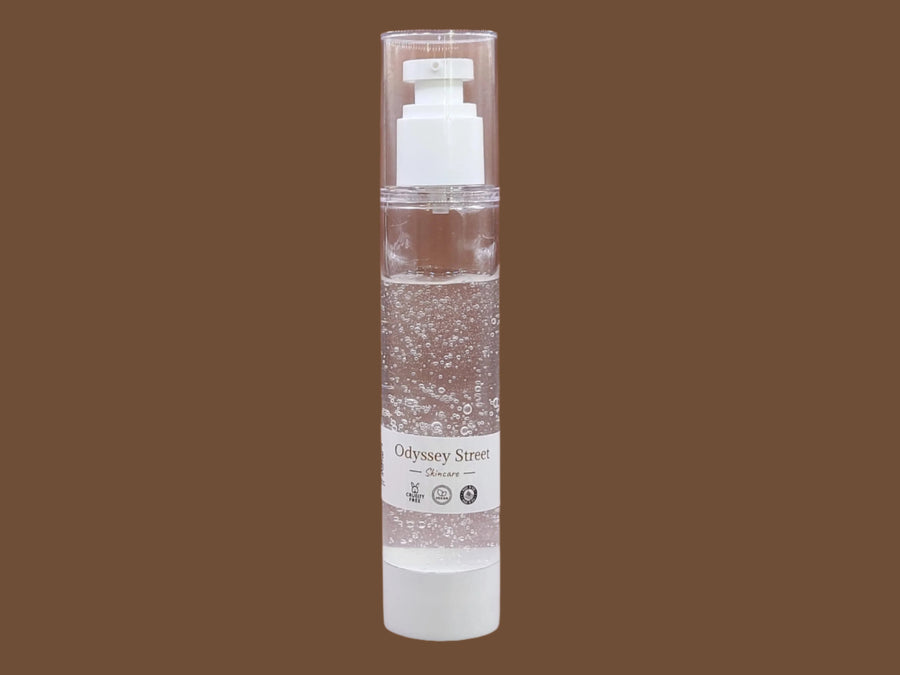
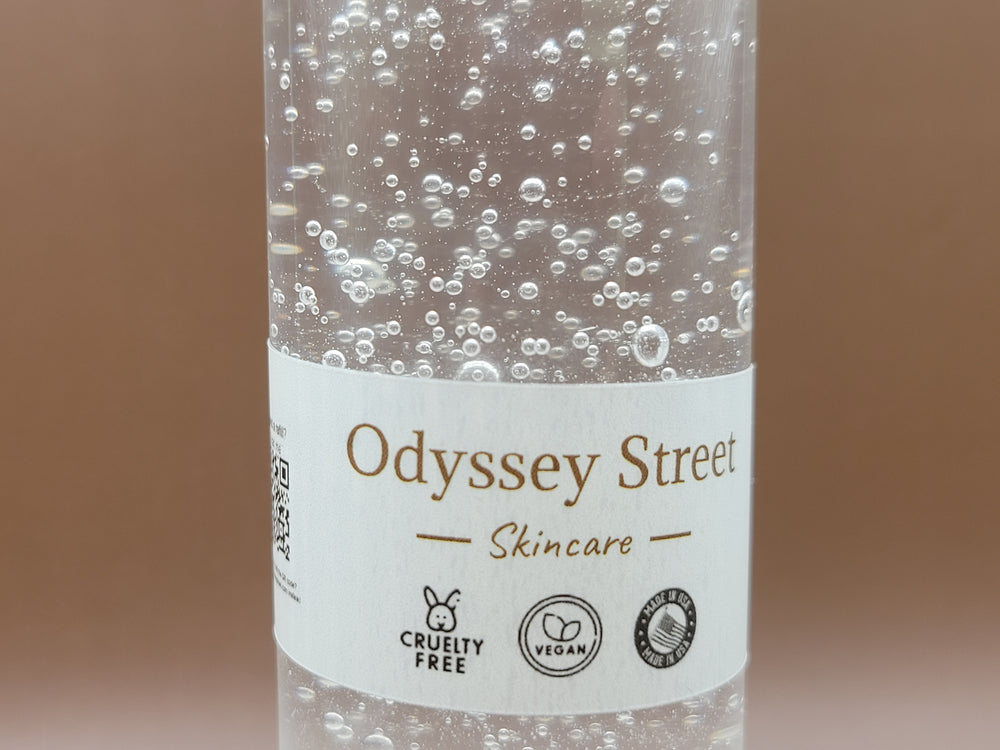
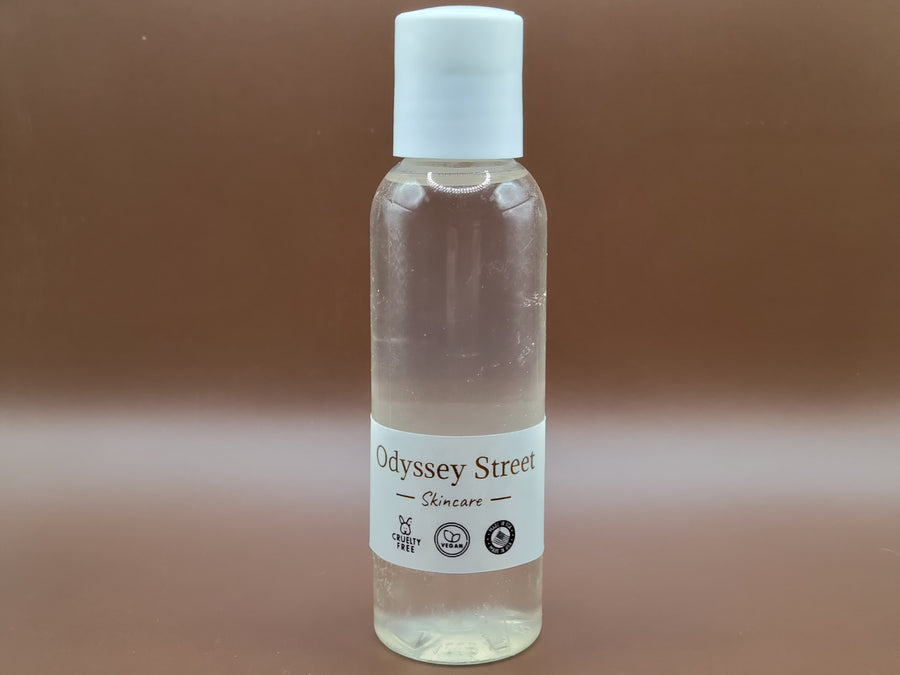
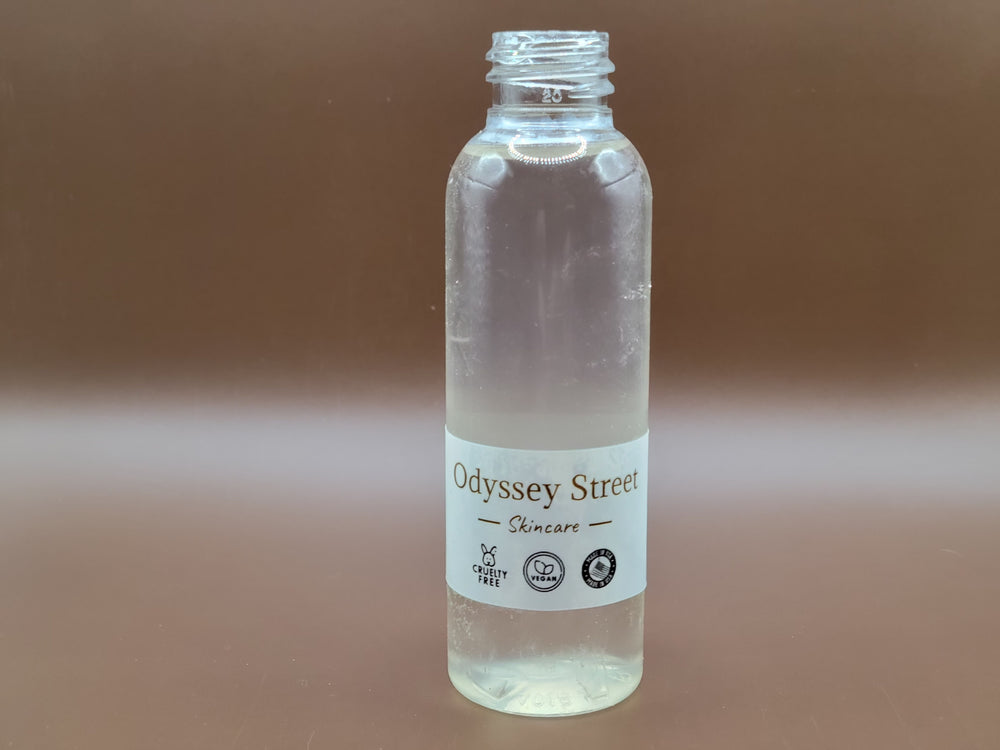
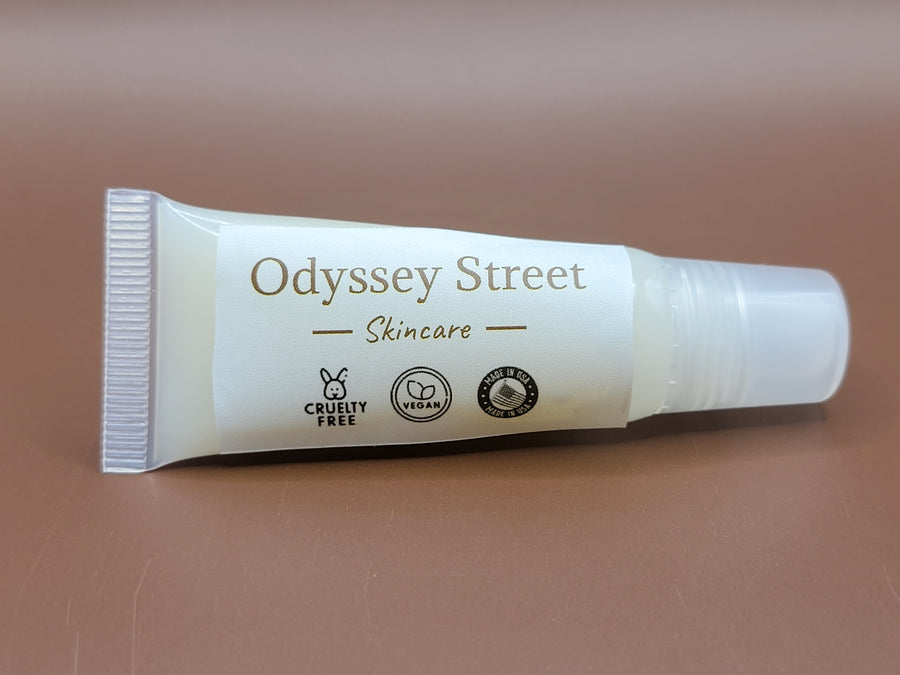
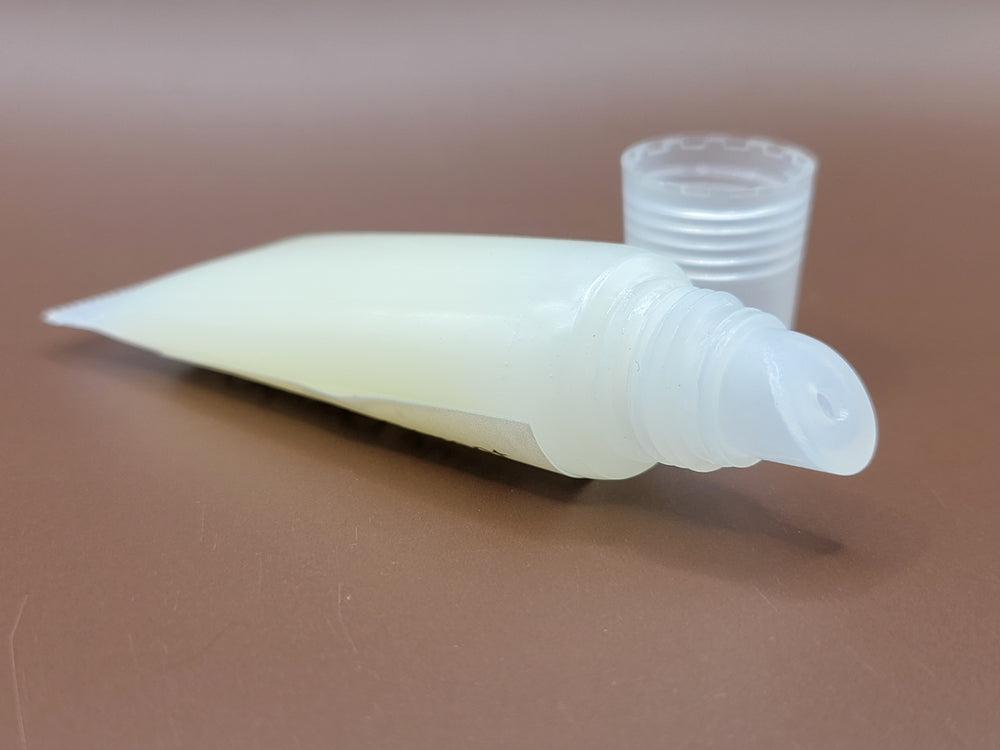
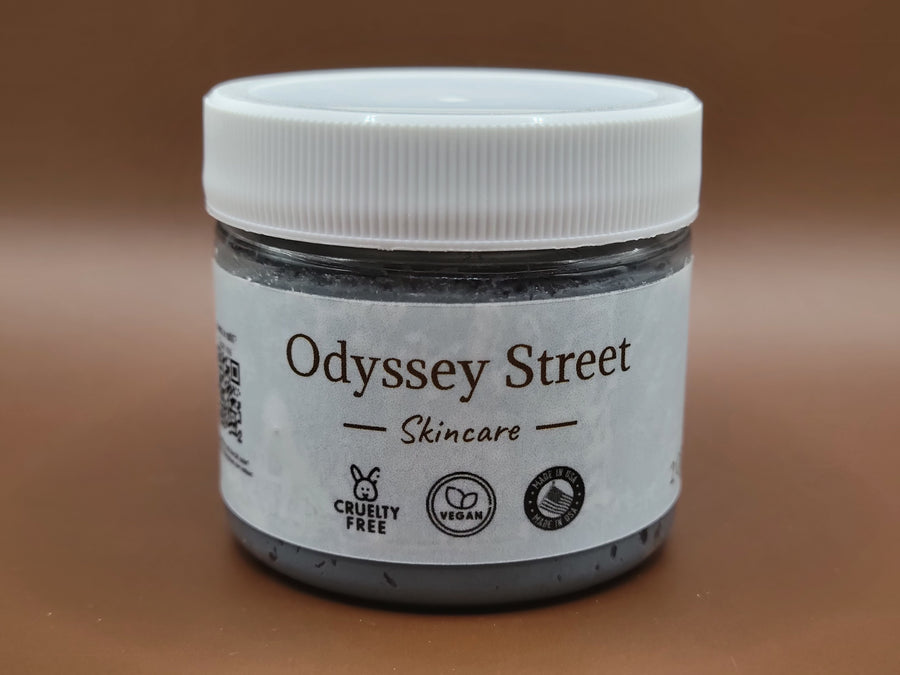
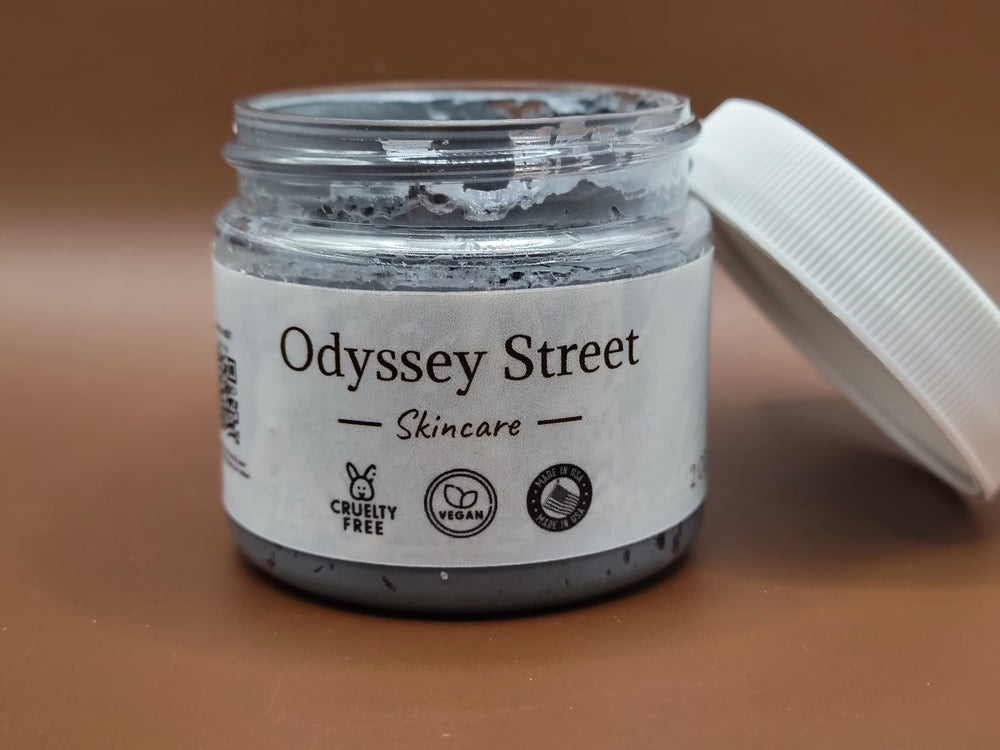
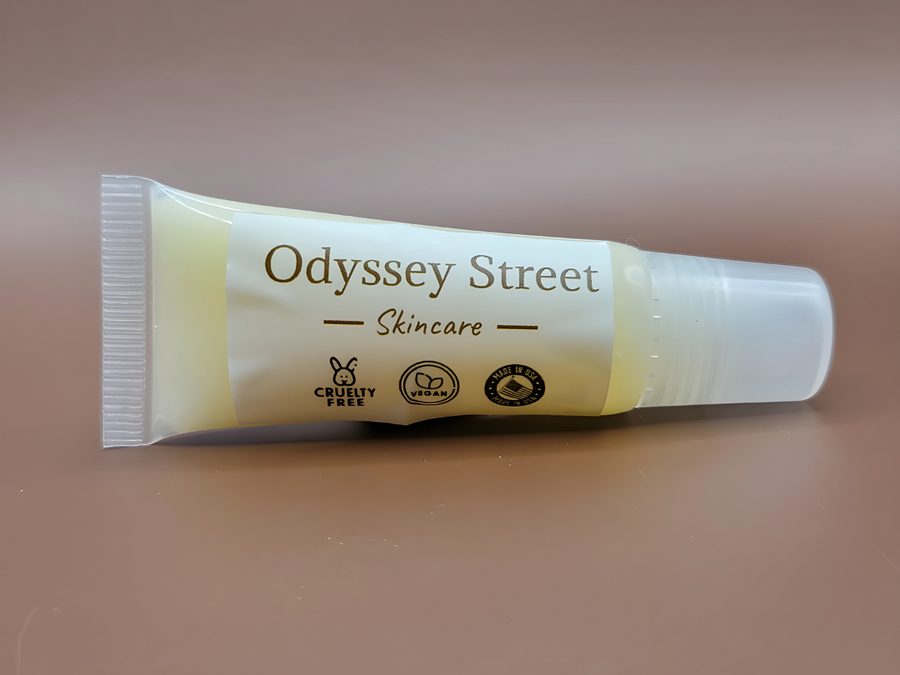
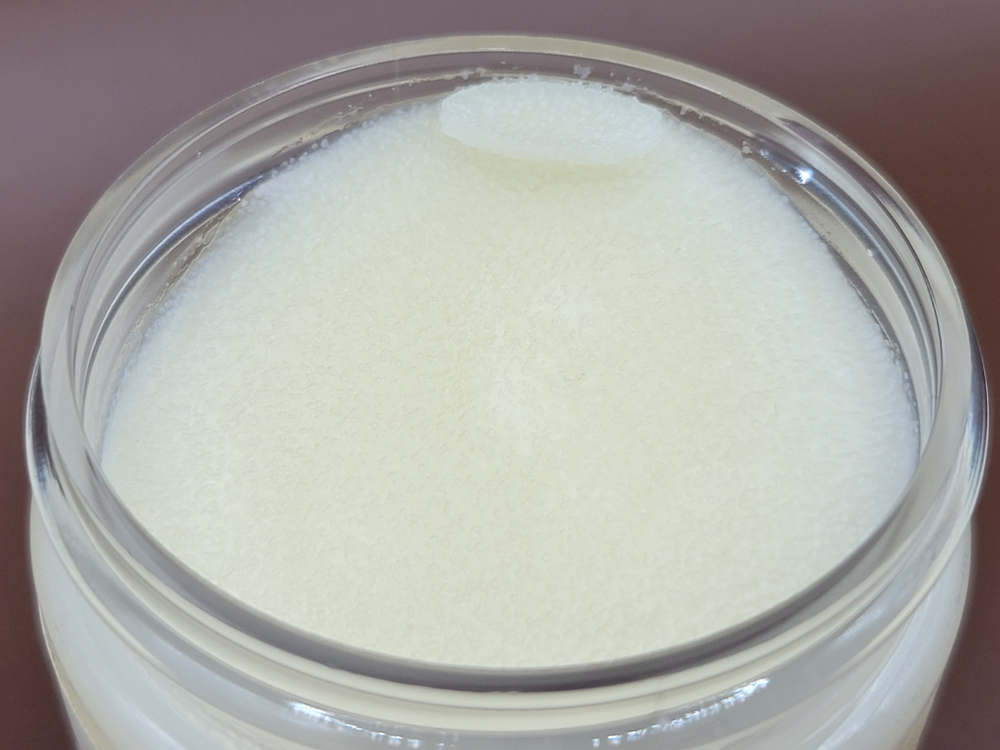
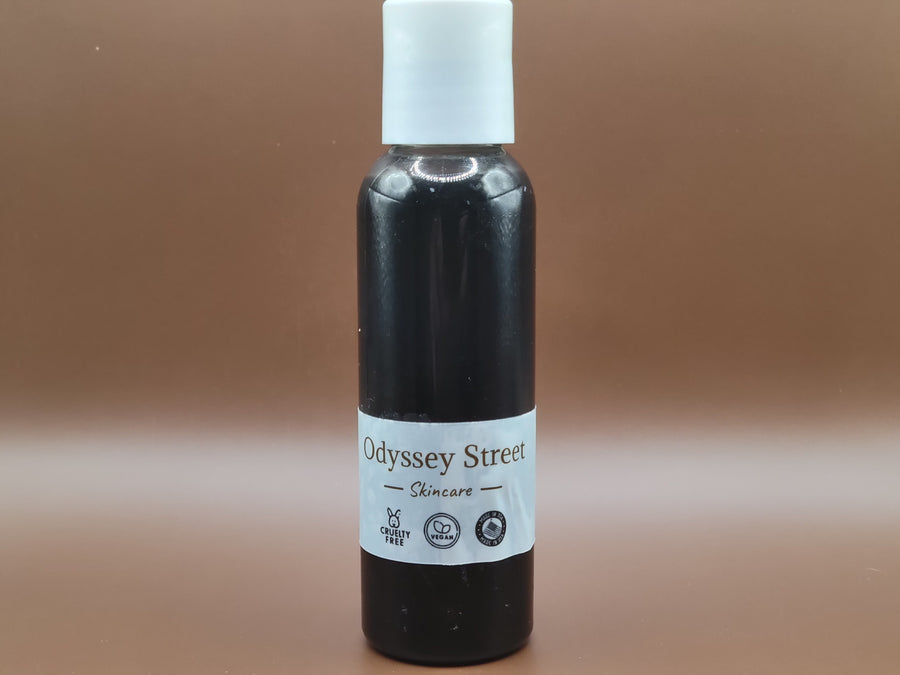
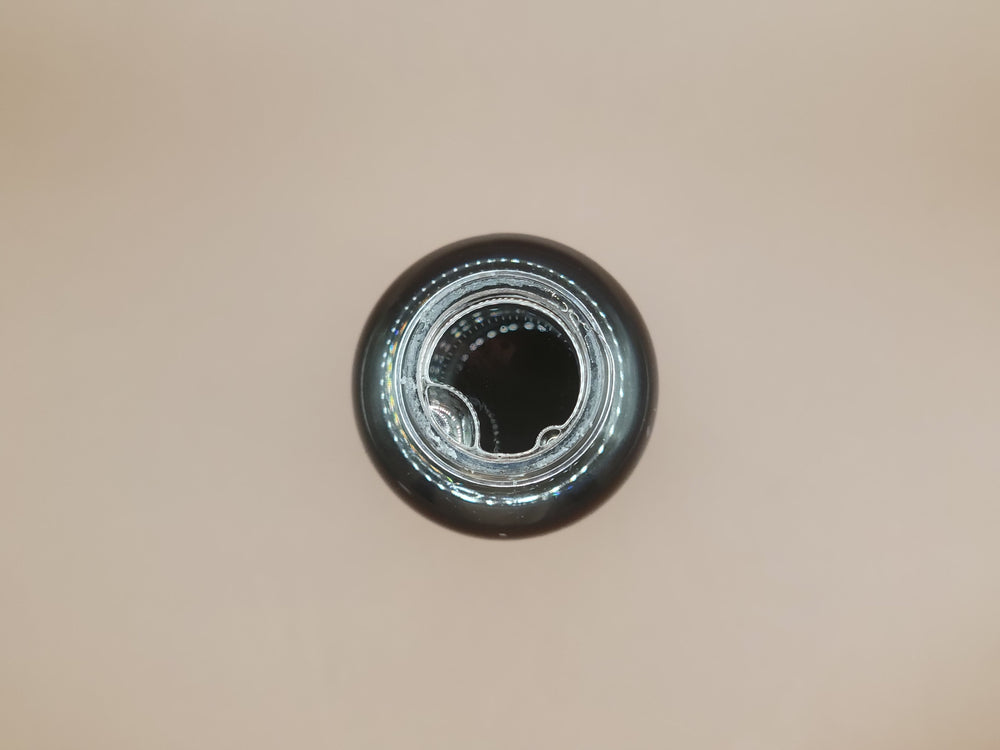
Leave a comment